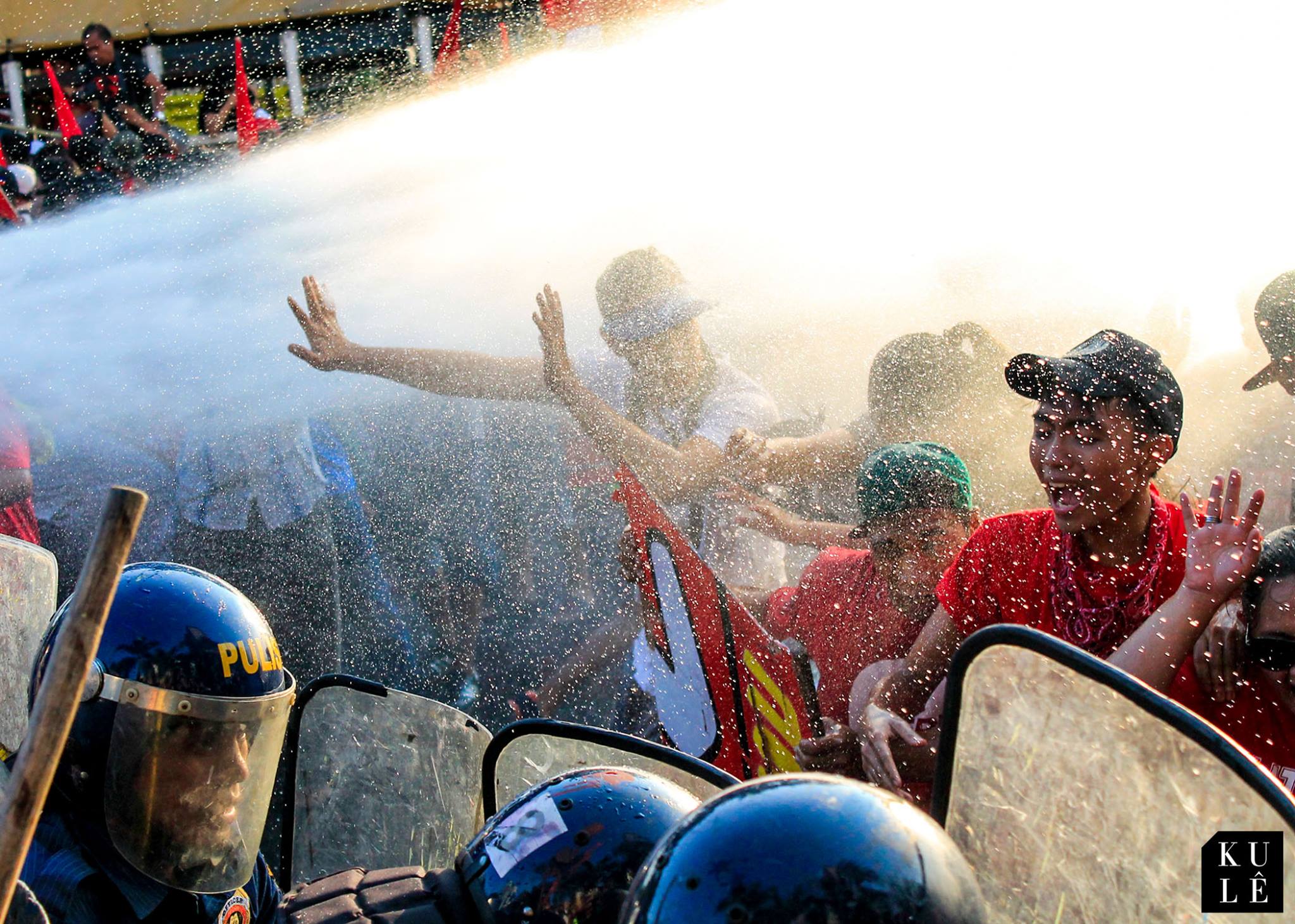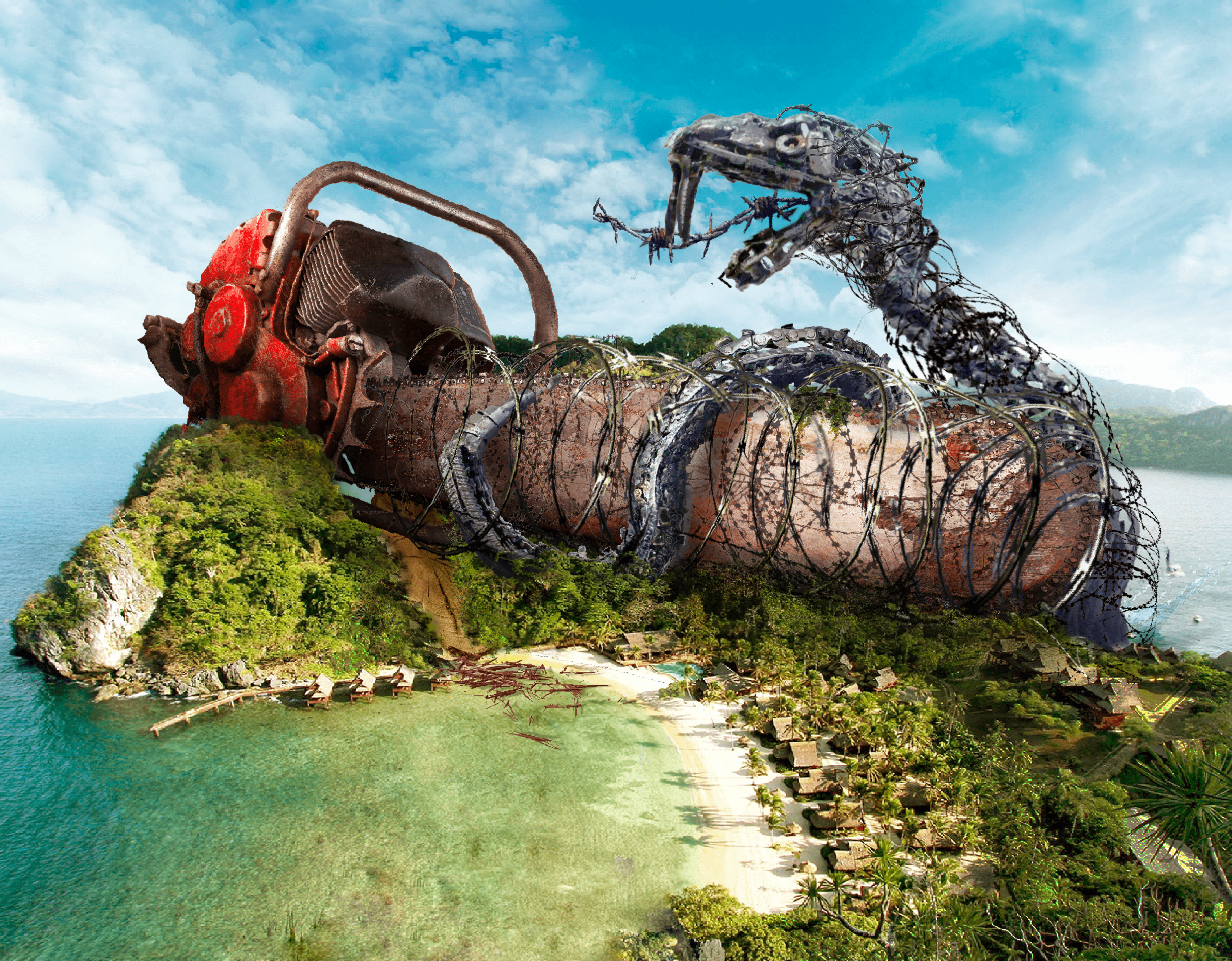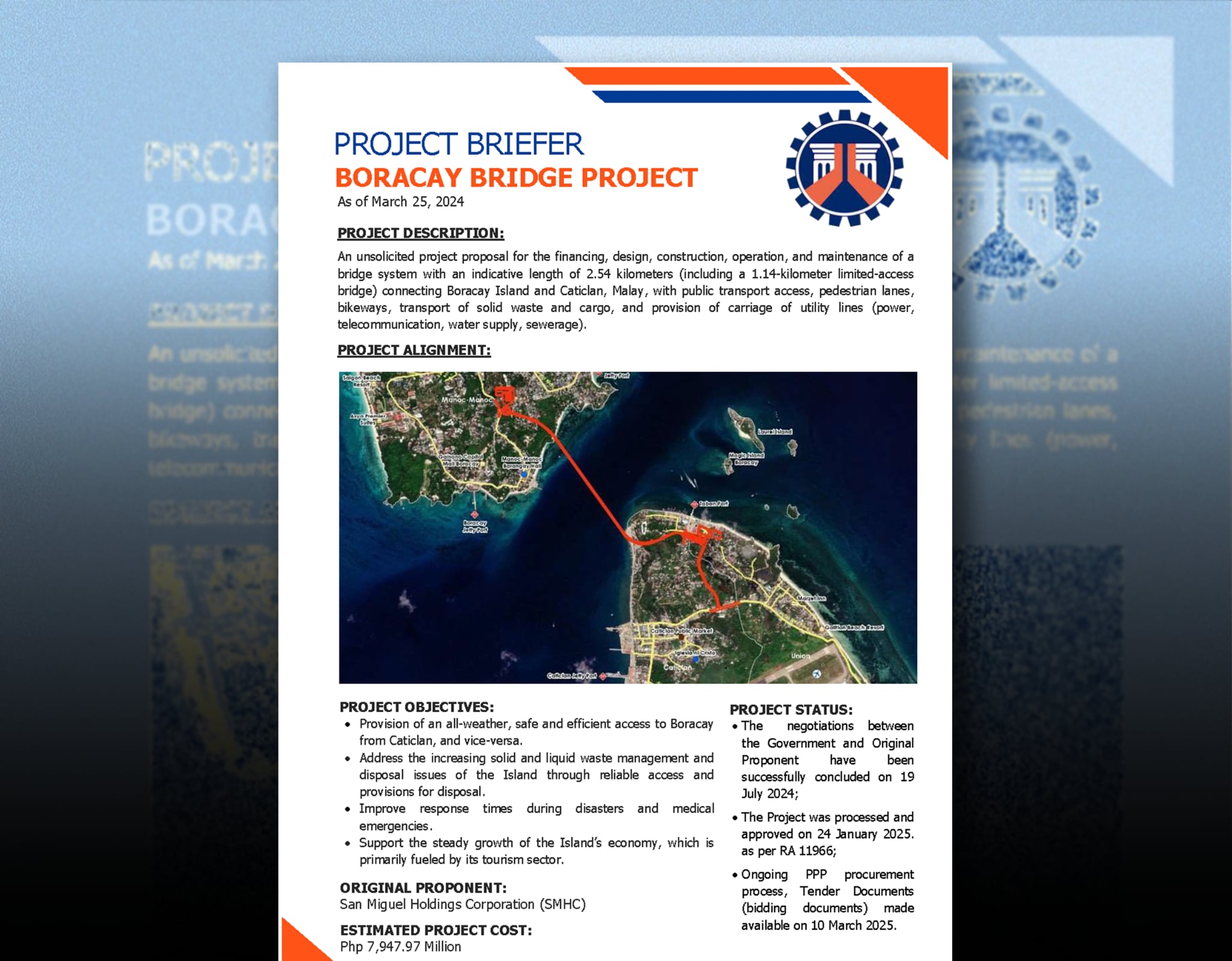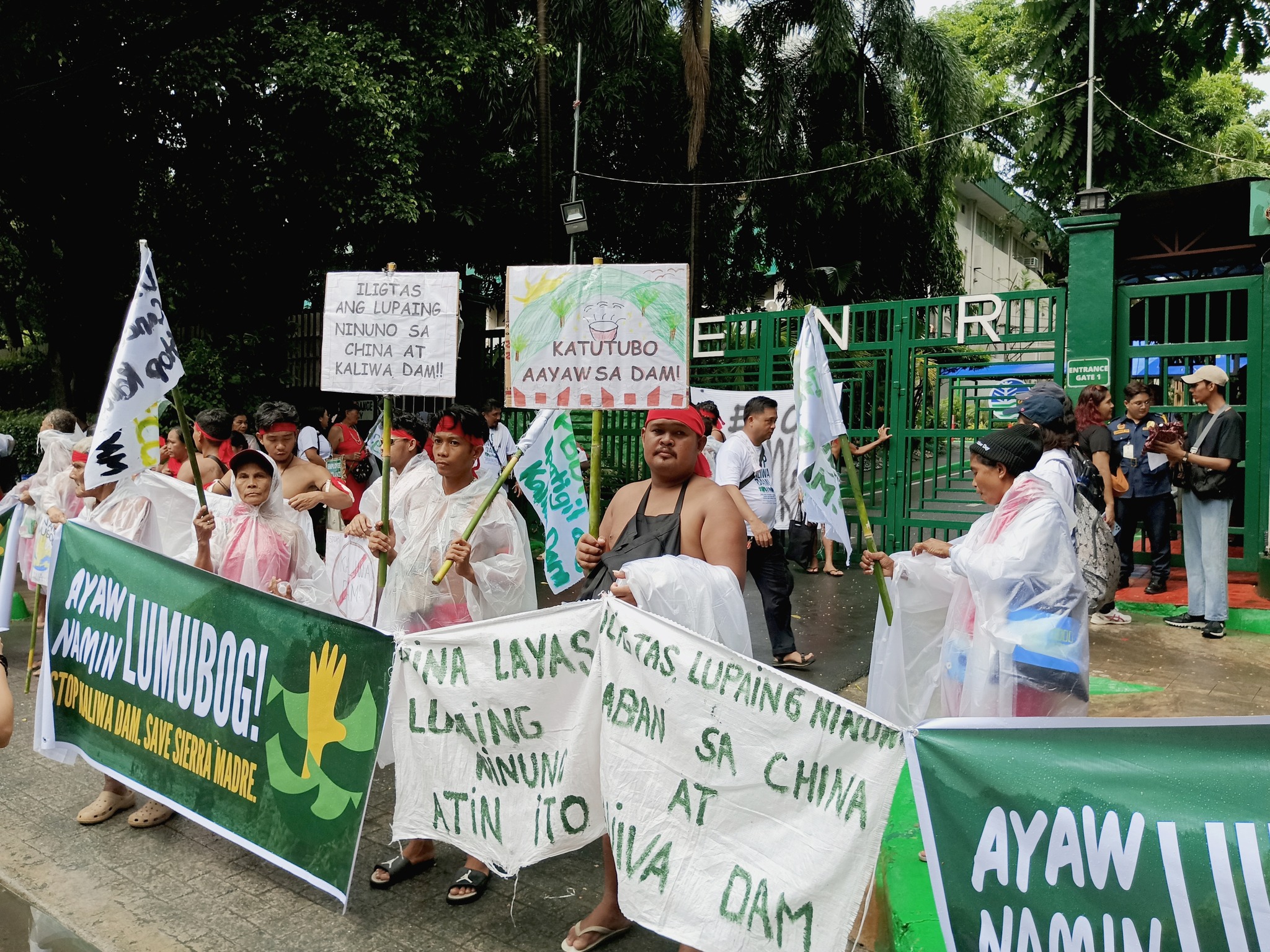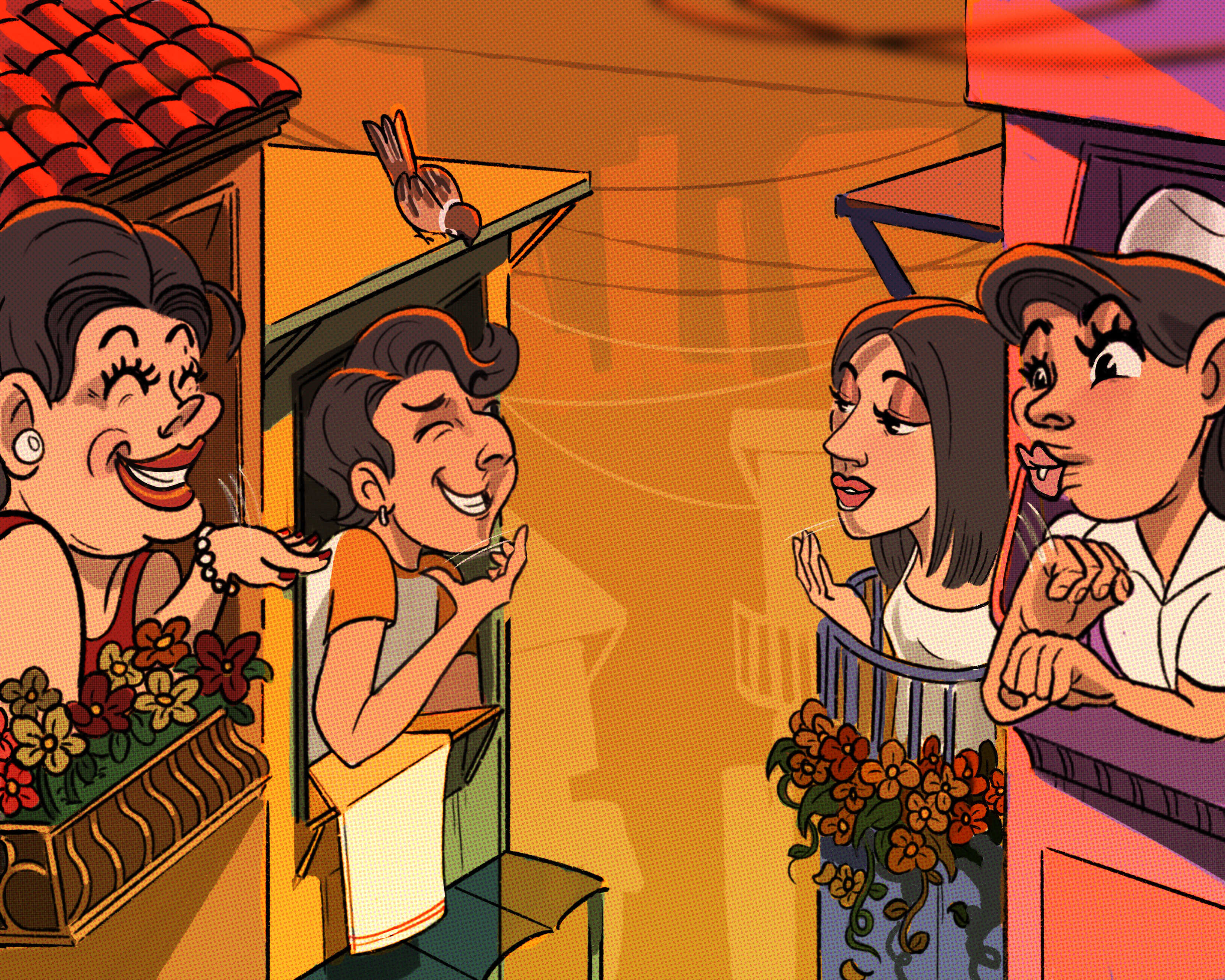By ANDREA JOYCE LUCAS
On October 19, thousands of indigenous peoples marched toward the gates of the US Embassy to decry US intervention which has caused militarization of their communities and plunder of their lands’ natural resources. But police forces responded to their rightful calls with brutality—protesters were hit and ran over by a police mobile.
Among those wounded after the encounter was Ate Piya Macliing Malayao, 27-year old Bontoc woman and secretary-general of KATRIBU, an alliance of indigenous peoples in the Philippines. When policemen rammed the mobile into the group of protesters, she was caught in the fray and one of her legs was run over.
She still struggles to walk—her right foot is bandaged and she relies on crutches to get around. She clarifies none of her bones were broken, “walang fractures, buti na lang. Pero may [mga] gasgas [na] medyo malalim, parang inukit ang balat ko.”
Ate Piya does not appear bothered by her injuries. A friend spots her as she walks, and jokingly remarks, “Ano, saan ka pupunta? Magra-rally ka na naman?” Ate Piya only laughed.
But while she is staunch in the national minorities’ campaigns these days, she was less inclined to embrace her heritage when she was younger. “Dumaan ako sa phase na nagde-deny ako na isa akong Igorot, dahil derogatory siya,” she said, remembering a time when a teacher had sneered at her for being a full-blooded Bontoc.
If it weren’t for her mother’s tireless efforts, Ate Piya could not have learned to appreciate their culture. Even when they had moved to Manila because there were no jobs back home, her mother made sure to expose her to Bontoc music and art. “Lagi siyang nagpapatugtog ng mga salidumay: mga chants and songs mula sa Cordillera. Yung mga lullabies namin, mga kanta mula sa lupain namin.” Ate Piya fondly recalled their colorful art—their woven red skirts and jewelry wrought from bone.
Her grandmother also played a big role in awakening her love for her heritage and native land. “Yung Lola ko, si Petra Macliing, isa siya sa mga lider- kababaihan ng Cordillera na tumindig laban sa mining prospectors [noong 1970s],” she said. Funded by the World Bank and under the pretense of building dams, surveyors had been sizing up the Bontoc lands to mine for gold.
According to Ate Piya, the Bontoc women barred the mining intruders saying, “kami na bumuhay sa inyo, kami na nagpasuso sa inyo, harapin ninyo kami at kami ang daanan ninyo kung gusto n’yong sirain ‘tong mga kalupaan na ito.”
Ate Piya’s clan is dominated by strong women, and this proves for her the huge part they can play in society. Being the “seed-keepers” for the community, women ensured that the grain was suitable for planting and so made it possible to have a sustainable livelihood. But aside from this, women could stand at the forefront of their fight to defend their ancestral lands.
“Sa mahabang kasaysayan ng pakikibaka ng mga mamamayan ng Cordillera, nandyan at nangunguna rin ang mga kababaihang katutubo,” Ate Piya said. And while the struggle lasts, Ate Piya promises that women will take their part, “kailangang isabuhay ang patuloy na paglaban bilang mga kababaihan at gayundin, paglaban bilang katuwang at kabahagi ng buong komunidad ng mga katutubong mamamayan.” ●
*Apologies to Ilang-Ilang Quijano. This article was first published in the Collegian’s November 8, 2016 issue.
